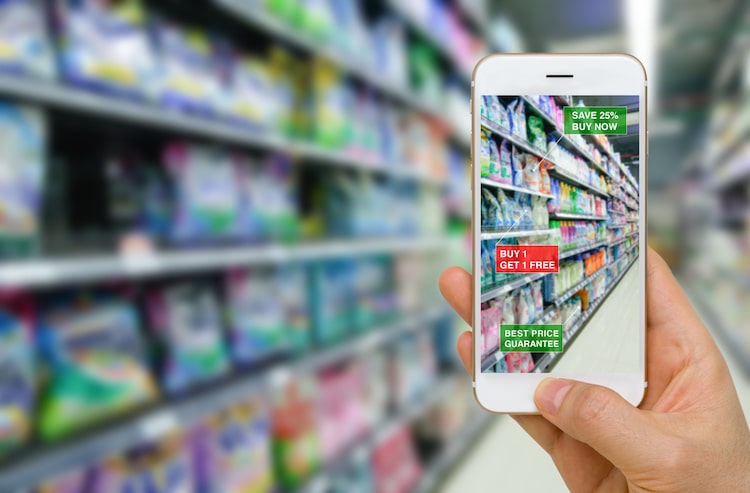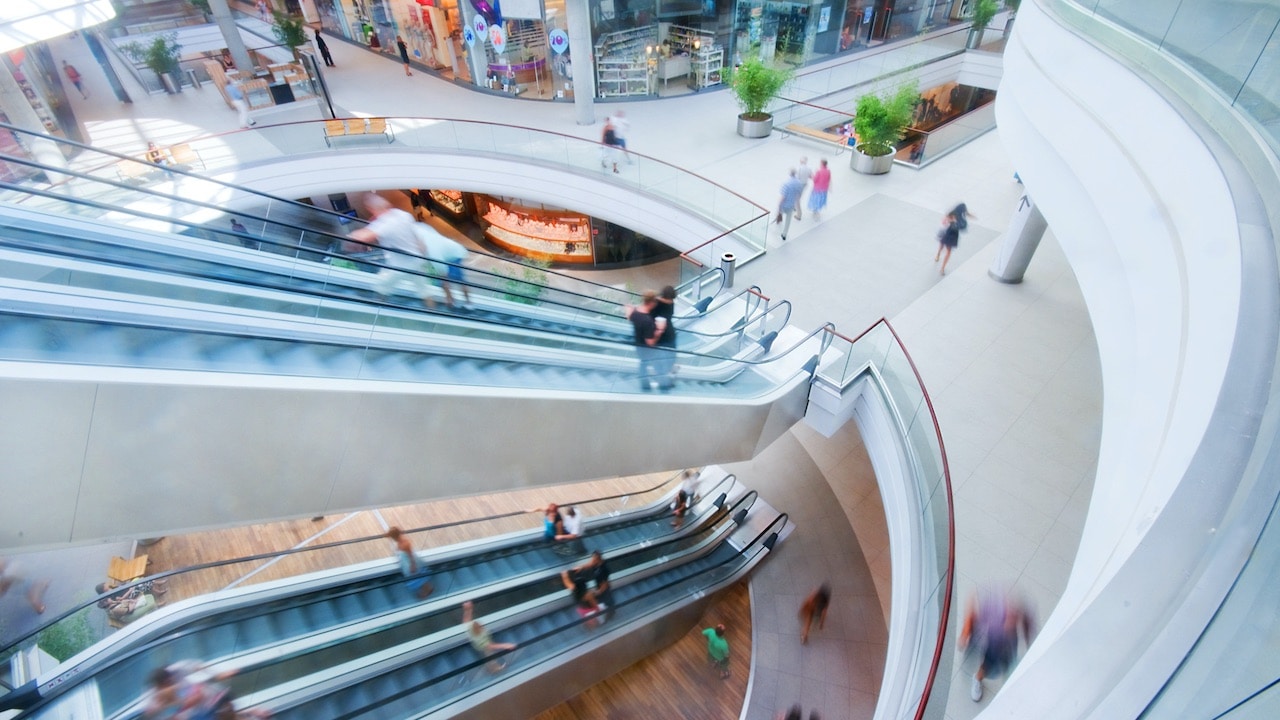How do we imagine the shopping centers of the future?
Will the ever-increasing use of online purchases declare their end, or will they also evolve? And if they evolve, how will they be able to accommodate new technologies?
To these questions try to answer a Ericsson’s 11th edition report, 10 Hot Consumers Trends, which identifies consumer trends projected into 2030.
The research collects the point of view of 57 million people, who already use virtual and augmented reality applications. Let’s see how it is structured, before discovering the broader context to which it belongs.
Everysplace Plaza
Ericsson did not vaguely imagine the shopping malls of the future, but he did give a name to a space, even if for now only imaginary, which could be reality in 2030.
He called it symbolically Everysplace Plaza, an ideal shopping center where it is possible to make hybrid purchases, therefore in a physical and virtual way together.
Consumers were then asked to evaluate 15 shopping malls of the future, hybrids, nonexistent today but likely tomorrow. Let’s see the results of the survey.

The shopping centers of the future according to consumers
For four out of five respondents, all 15 Ericsson proposals will be implemented by 2030.
Inside the shopping malls of the future, according to consumers for example, there will be meta tailors. That is, able to recommend the right outfit for real life, and then the best outfit for the other life, the one in the metaverse, which will most likely be more and more pervasive.
And how will you take care of your physical appearance? Well, through the immersive beauty salons. Where you will see the treatments to which we will be subjected in a 3D preview. And in which artificial intelligence will help hairdressers to guess the right haircut for us.
The medical centers will be able to perform a very quick check-up to passers-by by scanning, and in the gyms we could train our mental form together with the physical one. At the restaurant we will never be alone: we will be able to sit virtually together with friends from all over the world.
And to find out if a piece of furniture fits your home, you can do the test. Taking the furniture home to see how it fits with the rest of the furniture? No, the opposite: by projecting the image of one’s home in the shop.
Finally, if cities often lack green areas, the problem could be circumvented. As? With the Natura park +, which thanks to digital can offer hybrid experiences. 42% of consumers like the idea.
Consumer trends
Everysplace Plaza, which brings together all the (possible) ideas for the shopping malls of the future, is only part of Ericsson’s larger annual survey.
The 10 Hot Consumers Trends report, also available in Italian, shows where the general consumer trends will go from now to 2030. There are ten topics considered to be primary, which will evolve over the next decade. Let’s see what they are.
The ten consumer trends for 2030
- Visors, glasses and devices will increasingly break down the boundary between real and virtual. For about half of consumers, technology will be able to communicate directly with our mind. After all, it is Elon Musk’s dream of Neuralink
- Not only will voice commands allow more and more actions, but the sounds of the world will also be manageable. For 54% of respondents, in crowded places such as buses it will be possible to create a digital acoustic bubble that will filter out unwanted noises
- The technology will allow you to virtually taste ingredients and foods
- The same will happen with smells. And the films will not only be seen, but will also be… smelled
- And so with touch. Digitally, it will be possible to have completely plausible tactile sensations: this is how the products will be tested before purchasing
- Real and virtual will be merged with each other, much more than is already happening now. And here perhaps respondents have traveled a little too much with their imagination, since 56% expect AR glasses to allow them to look through walls.
- Equally optimistically, 50% of consumers believe that fake news will be a thing of the past by 2030
- Where will privacy go? Consumers do not seem to have clear ideas in this regard. Because on the one hand, they expect digital data laws to regulate the use of personal data. But on the other hand, they are convinced that a technology such as facial recognition will be used to such an extent that the concept of privacy will no longer exist.
- More virtual will mean our lives will have a less damaging impact on the planet
- Virtual experiences will be increasingly immersive. 43% of consumers would like to “leave” for digital vacations capable of involving all the senses and offering total immersions in other places and other historical periods















Leave a Reply
View Comments